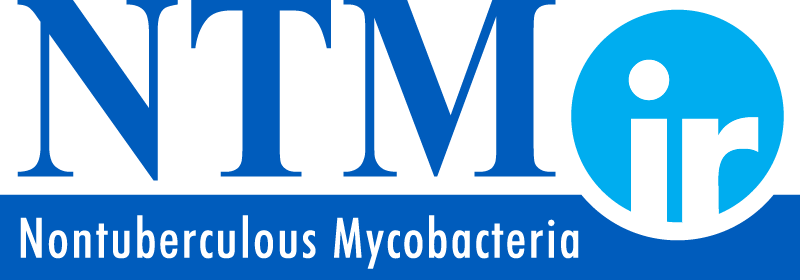Charting medications every day may seem like an annoying task, but it is vital for you as an NTM patient as you take multiple medications and possibly other supplements. You may forget to take a medication or reorder it, which presents a problem with treatment as many of the medications must be taken on a regular schedule.
Many people like to use a medication chart to keep track of their medications and when to reorder them, and this may be something you wish to consider. A printable medical chart can be customized for you and should be placed in an area you see often. The front of the refrigerator door may be a good idea because people often go there first thing in the morning.
Another benefit of making a medicine chart is that you will be writing down all medications. This list can then be copied and given to a physician or pharmacist, which will help them monitor for potentially harmful drug interactions or supplements that might interfere with the medications used to treat your NTM infection.
Your doctor might be away sometimes when you need to reach him or her, and you may end up speaking with a doctor unfamiliar with your medical history. You must keep careful records of what medications you take, in what doses, how often, and how they are mixed if compounded. Remember to follow up with your doctor as soon as he or she returns to the office.
The U.S. Food & Drug Administration has a downloadable and printable Medication Schedule, including a page for notes about doctors’ and pharmacists’ contact information. Click here to download it.
There are other printable medication logs available. Click here for a Daily Medication Schedule, or click here to download a Medication Record.
It’s also essential to track when your prescriptions need to be refilled. Click here for a Medication Refill Log.
If you prefer an electronic tracking method, apps are available for download to help you track your medication usage. Here are a few!
